Earlier this year a female bobcat appeared on one of my camera traps. As the months passed, I knew she was pregnant. A couple of months ago I found a unique hidden place on the conservation land 3RF owns. It is the quietest place I have found so far on the ranch land. A silent, deep creek is a few feet away. A small stand of young hackberries gives shade to this site. The large outcropping of rocks and fallen trees give habitat to mice, an armadillo, a skunk, some bobwhite quail, and northern cardinals. A coyote has passed through here a few times. Last month a belted kingfisher sang its song mockingly nearby. Clammyweed has had seeds near this spot for years on end. Butterflies, sphinx-lined moths, and dragonflies utilize the nectar from the clammyweed to feed their hungry bodies.
It is the perfect place if you were a traveler you would come upon and take a look around and feel as though you were home. It is a splendid place to rest and eat a bit of lunch and possibly meditate.
I placed a camera trap at this location strapped to a small hackberry tree two months ago. A quick look at the downloaded images back in September showed me I needed to reset the camera back at this site. Thankfully, June has an adventurous spirit and went back out with me. I had captured the best armadillo photo out of thousands of camera trap images since my research began in 2015.
To be honest I was ever hopeful to confirm the presence of a ringtail cat on this conservation land. That’s why I chose this spot after I discovered it. A spot that had no animal trails. Big rocks, fallen trees, and a nearby water source for a ringtail cat to scamper about on would be an ideal spot. Well – I still need to keep my hopes up on that ringtail.
When I saw the images today from October, I was like a kid in a toy store.
Here are the images that made my day. Daylight images of the bobcat kittens exploring this area as inquisitive kitty cats would do – climbing over the rocks, going under the rocks, and walking along the fallen trees. A covey of bobwhite quail came by and ate some and then bedded down for a quick nap. These guys have had a hard time the last couple of years. Thankfully, three seed croton and buffalo bur are growing profusely on the ranch and campus this year to feed these quail. The nine-banded armadillo discovered last month has the antics of a newborn puppy. He/She often backs into the den under the rock. Then there is the striped skunk trying to use the same den as the armadillo. A pair of northern cardinals stopped by a couple of times to check things out. Unfortunately, a long feral hog walked by the camera.
At this spot and on this conservation land, my hope is that this wildlife and future wildlife will always have sanctuary in this hard world. Habitat is shrinking year by year. Drought years make for hard years while wet years make life easy.
This long-term demographic camera trap study allows windows to see the natural behavior of wildlife, especially seeing how wildlife successfully raise their young. The health of one species is connected with everything else as a whole. This one spot shows how a variety of wildlife can coexist perfectly.

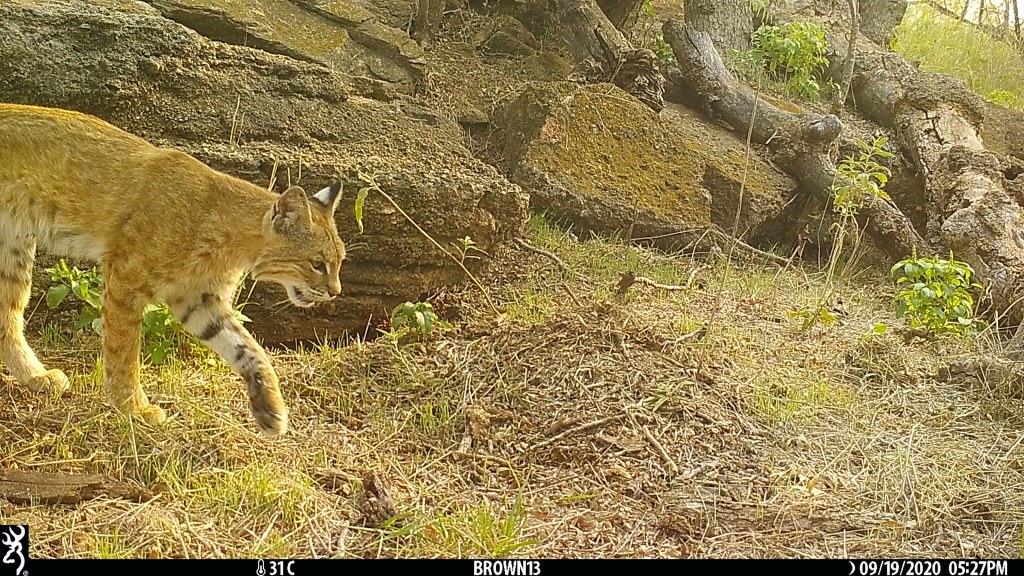


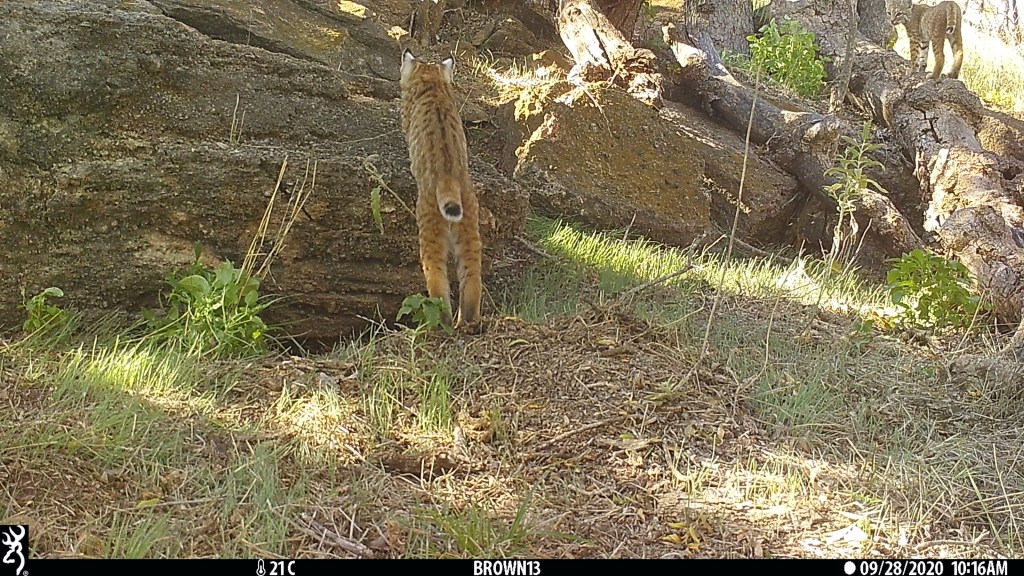
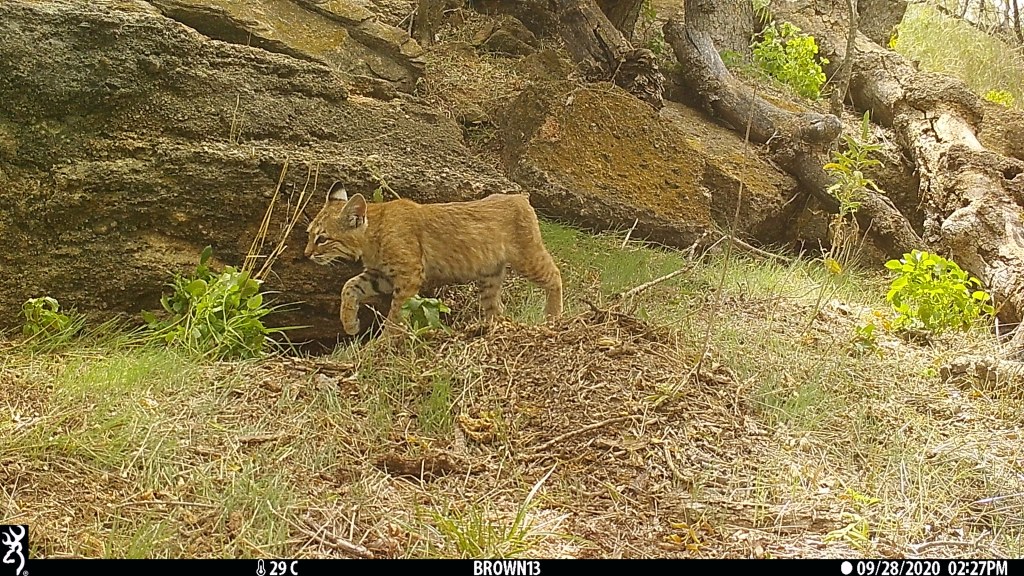
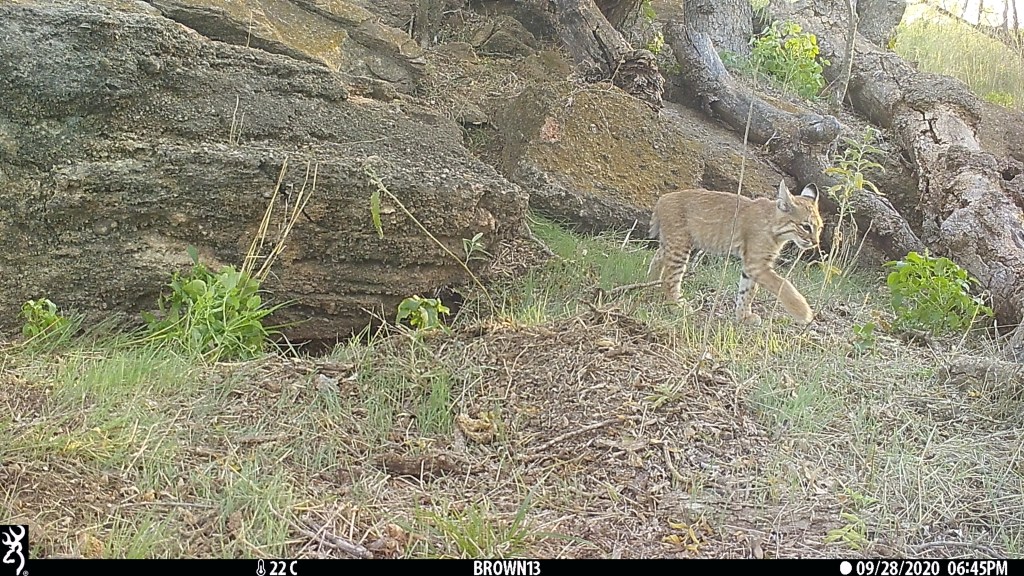
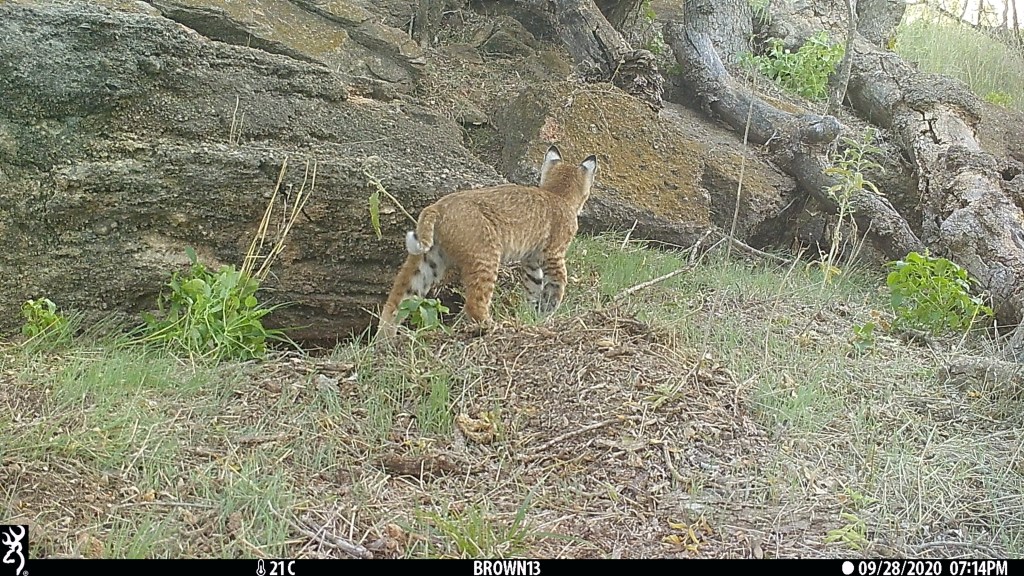



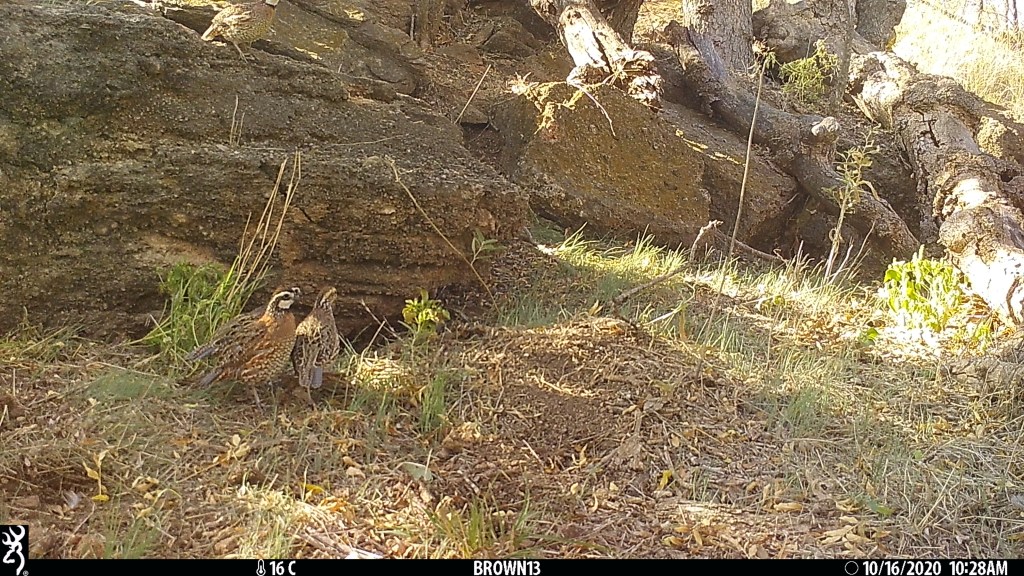
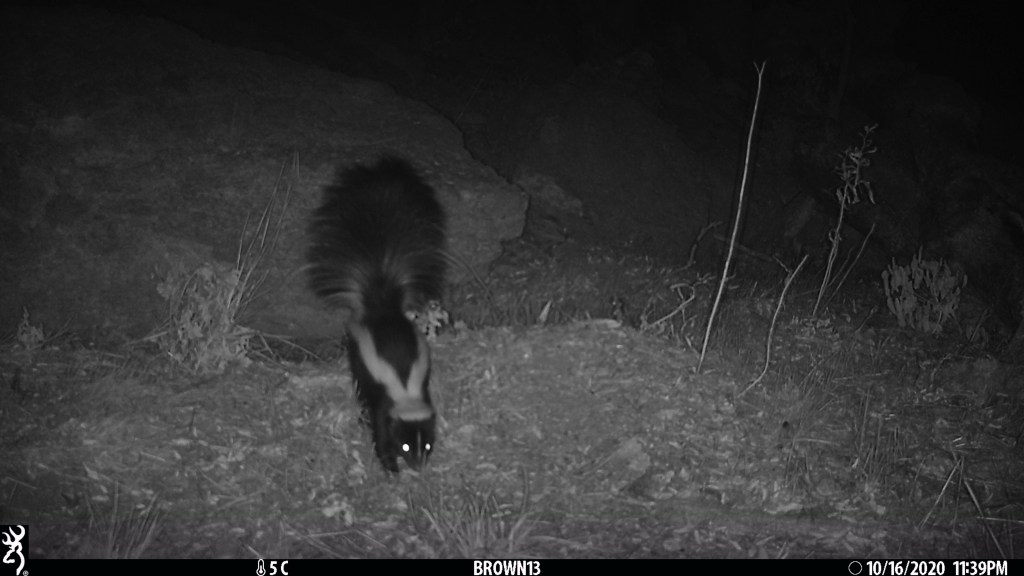

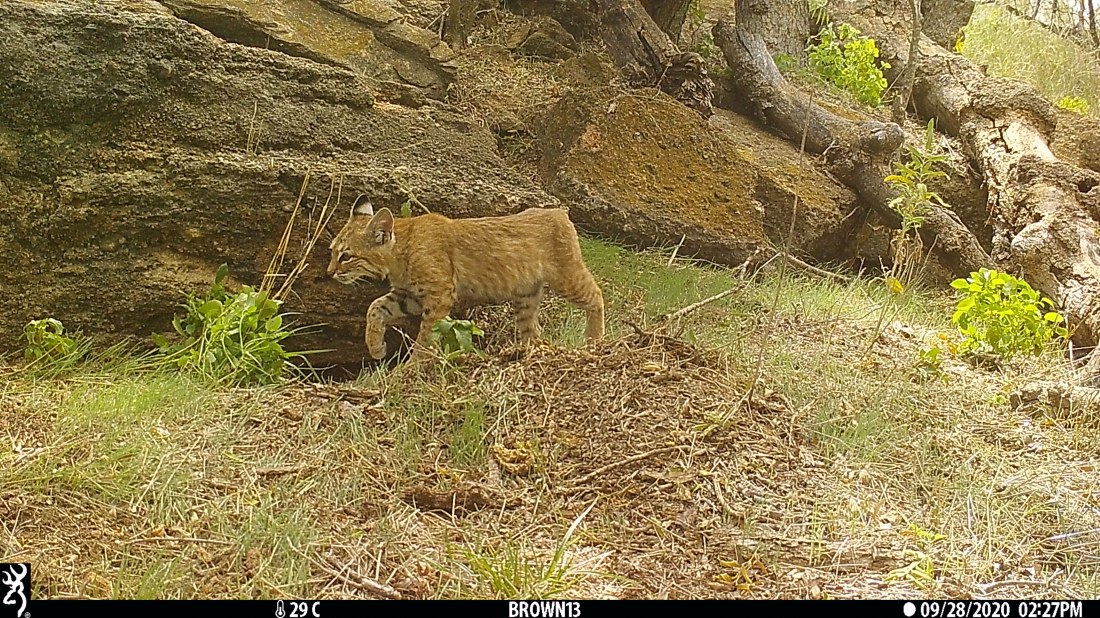

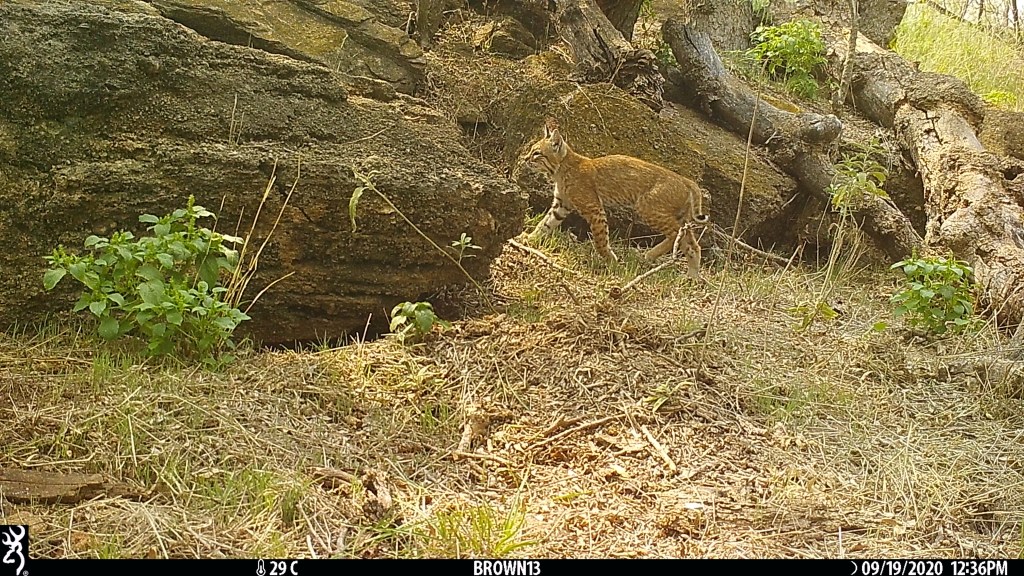
I’ve thoroughly enjoyed reading your description of a very special place and the images are outstanding! Thanks for posting these!
LikeLiked by 1 person
Thank you, thank you, Friend. You’re welcome!
LikeLiked by 1 person
I am so envious of you and that ranch. I would like to get a. camera trap. Where can I get one?
LikeLiked by 2 people
Linda – I understand the envy. It depends on what kind of camera trap you would like. This one is a Browning command Ops Pro. I purchased it from Amazon.
LikeLiked by 1 person
Wonderful photos and well written description! Thank you for sharing!
LikeLiked by 1 person
Thank you, Lynn!
LikeLiked by 1 person